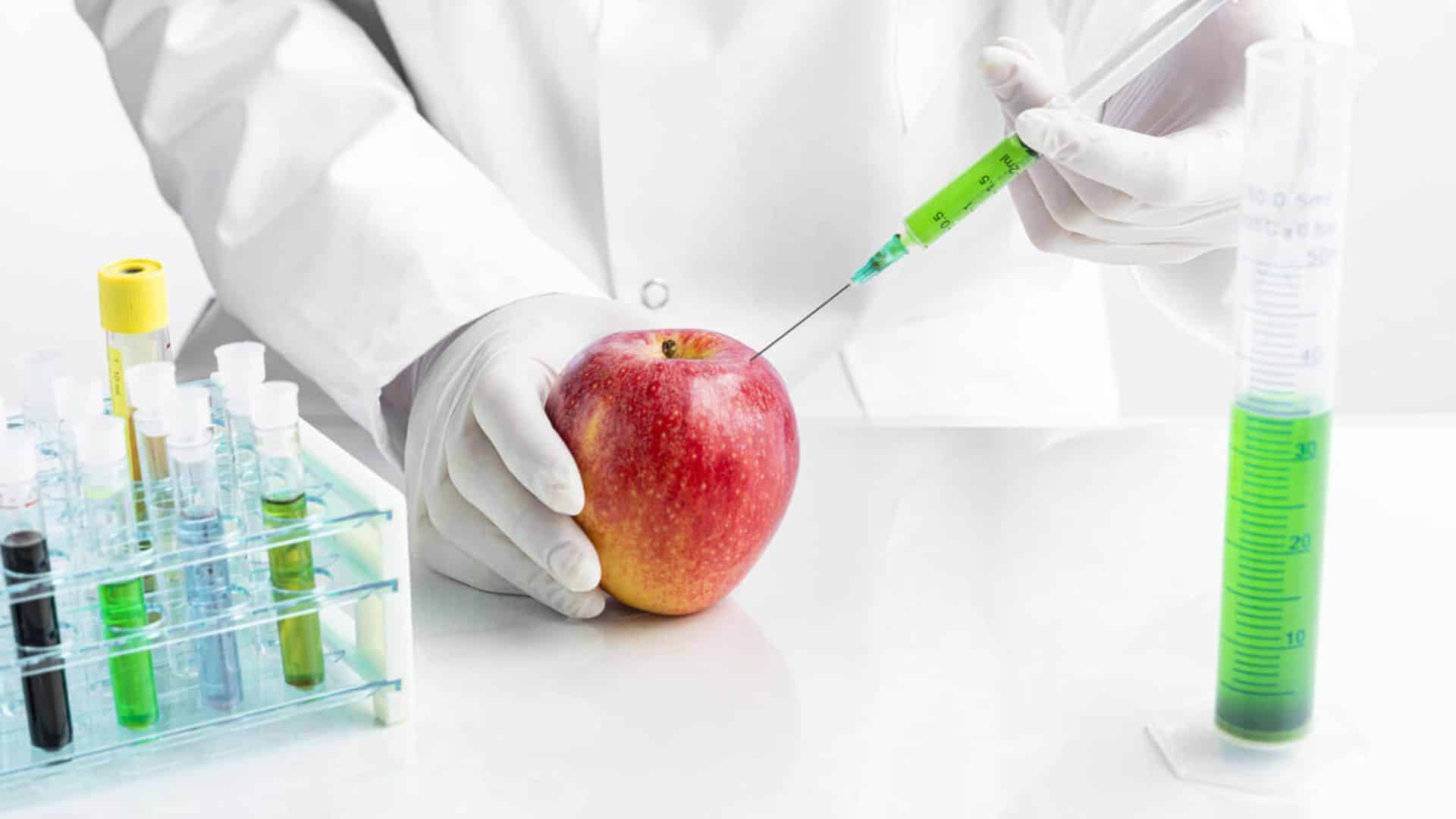
Migration testing is the analysis performed on plastic and polymeric products that are in contact with food to determine whether chemical substances are transferred from packaging and food contact materials to food. Regular packaging testing can ensure total safety across all your production processes. All types of food packaging materials, including recycled plastics, paper, cardboard, glass, or metals, can contain dangerous contaminants that can migrate into food. As such, raw, intermediate and final packaging materials need to be analysed to prevent the risk of contamination and ensure compliance with health and safety requirements. With increasing global restrictions for food contact materials (FCMs) and emerging contaminants under scrutiny, now more than ever, manufacturers need to take regular measures to ensure their packaging does not pose a risk to food.
Migration analysis mainly are of two types – Overall Migration Test and Specific Migration Test
Overall Migration Test refers to the transition of only certain molecules or elements from the plastic structure to food. Specific migration refers to the transition of only certain molecules or elements from the plastic structure to food.
The Overall Migration limit (OML) applies to the sum of all substances that migrate from the FCM into food (or food simulant). This limit is used in food contact regulations in Europe, China, and South America (Mercosur), among others. Notably, US FDA does not specify an OML, although similar requirements are in place. Our scientists are experienced in conducting migration testing to standard DIN EN 1186 Materials and articles in contact with foodstuffs – Plastics, which provides guidance on the selection of conditions and test methods for overall migration.
A Specific Migration Limit (SML) applies to an individual substance or to a group of similar substances. The established limits are based on the toxicological hazard that a substance causes. Analytical techniques are used to identify the presence of these substances in food (and food simulants). Limits specific to the migration of certain substances can be found in almost every food contact regulation, ranging from a handful of high-risk substances to extensive lists of constituents with a SML. For plastic FCMs, standard DIN EN 13130 Materials and articles in contact with foodstuffs is relevant.
In food packaging specification testing, substances are assessed by their properties which are related to quality, purity or indirectly to migration behaviour. These tests are intended to verify whether a substance meets the specifications that the legislator originally used to allow a substance for use in food contact materials. These tests are applied to many substances that are regulated by the U.S. Food and Drug Administration’s (FDA) Title 21 of the Code of Federal Regulations. The Chinese food contact framework also uses these tests in conjunction with overall and specific migration requirements.
We also have expertise for specific migration testing for a range of substances of concern including bisphenol A, primary aromatic amines (PAAs), metal containing substances and phthalates, per- and poly-fluoroalkyl substances (PFAS), bisphenol A diglycidyl ether (and related compounds), UV-ink photoinitiators and the release of microplastics.








No comment yet, add your voice below!